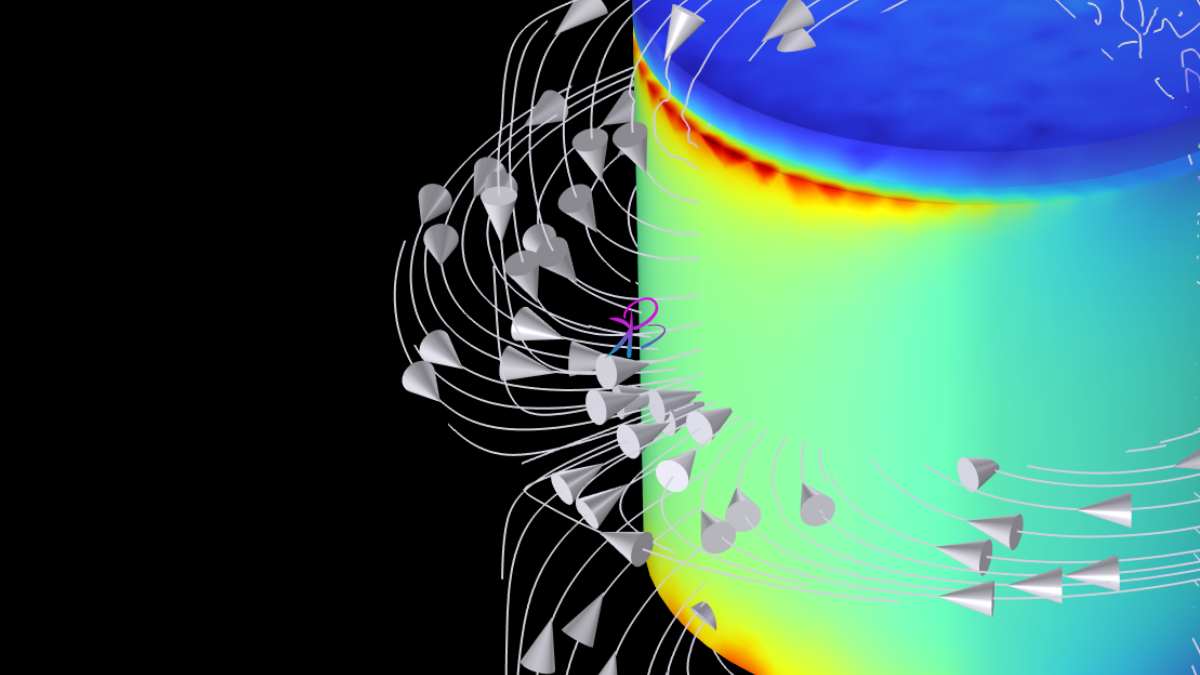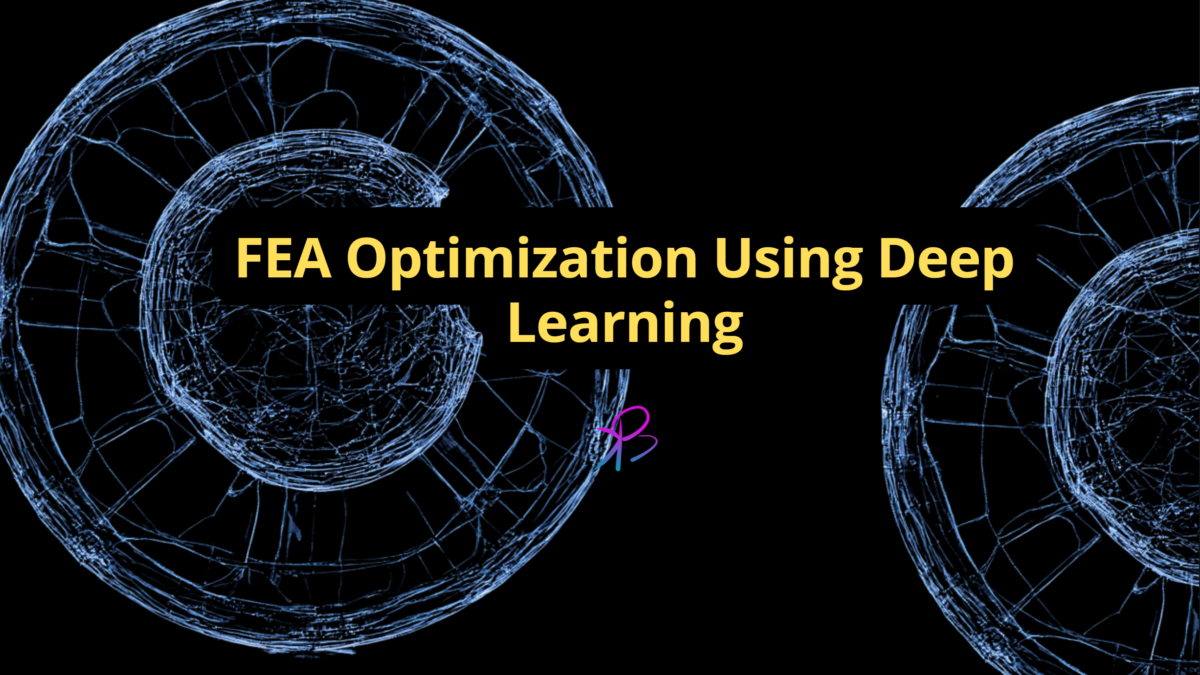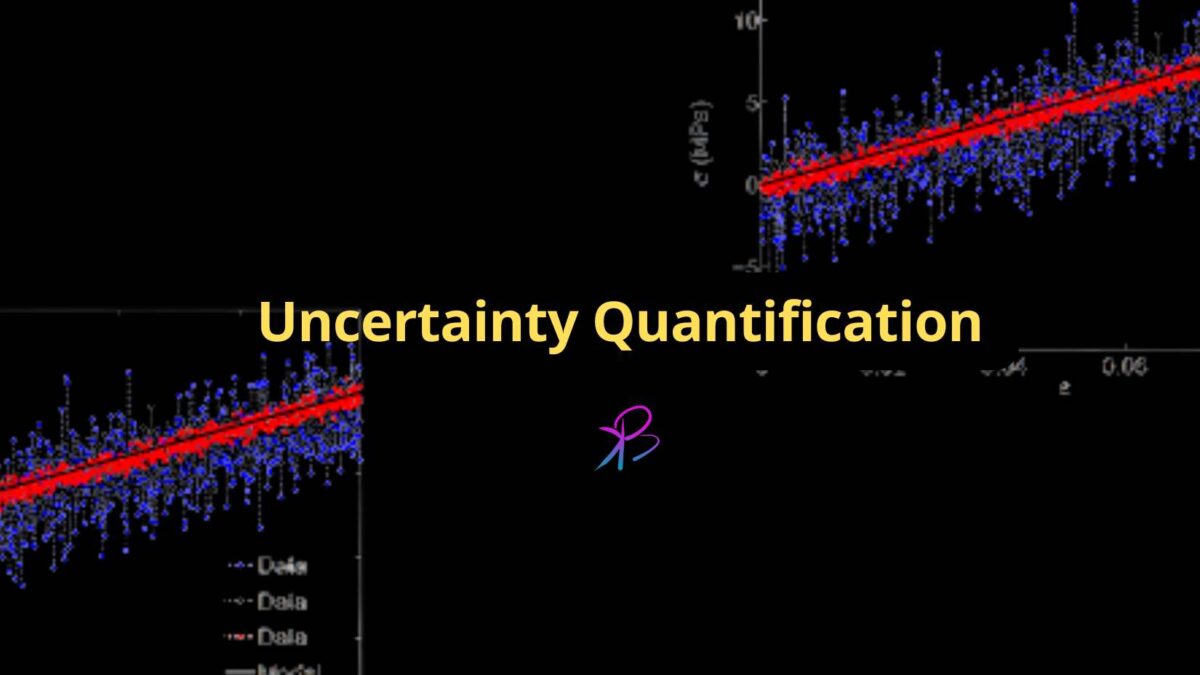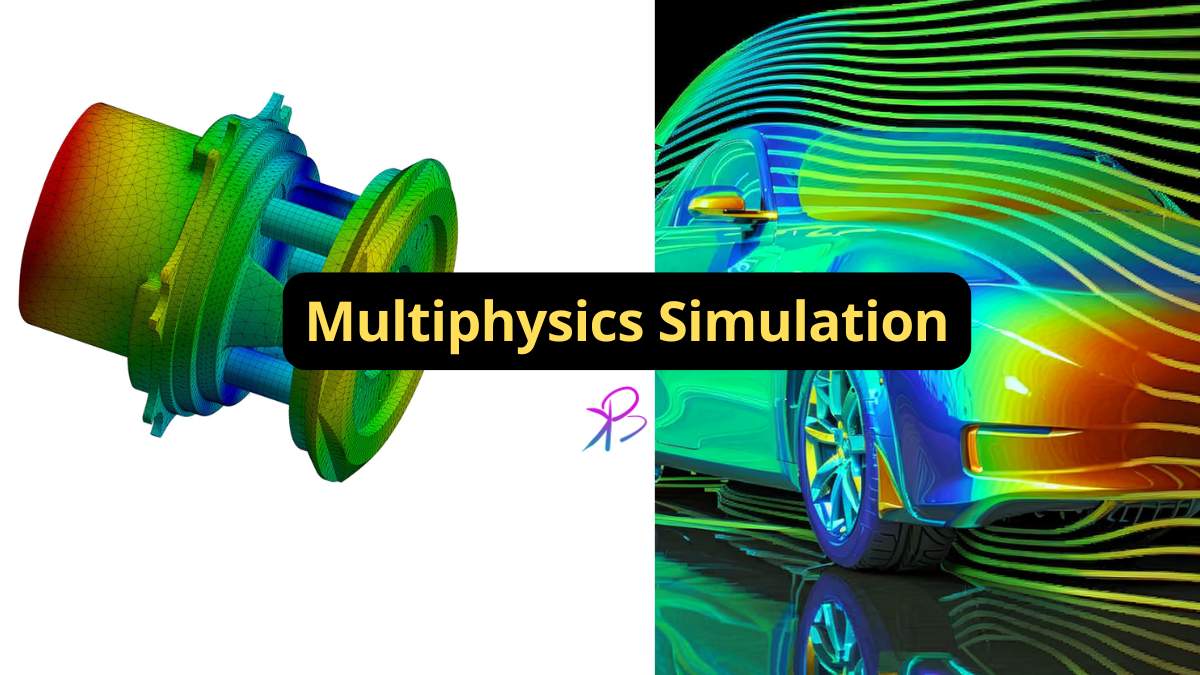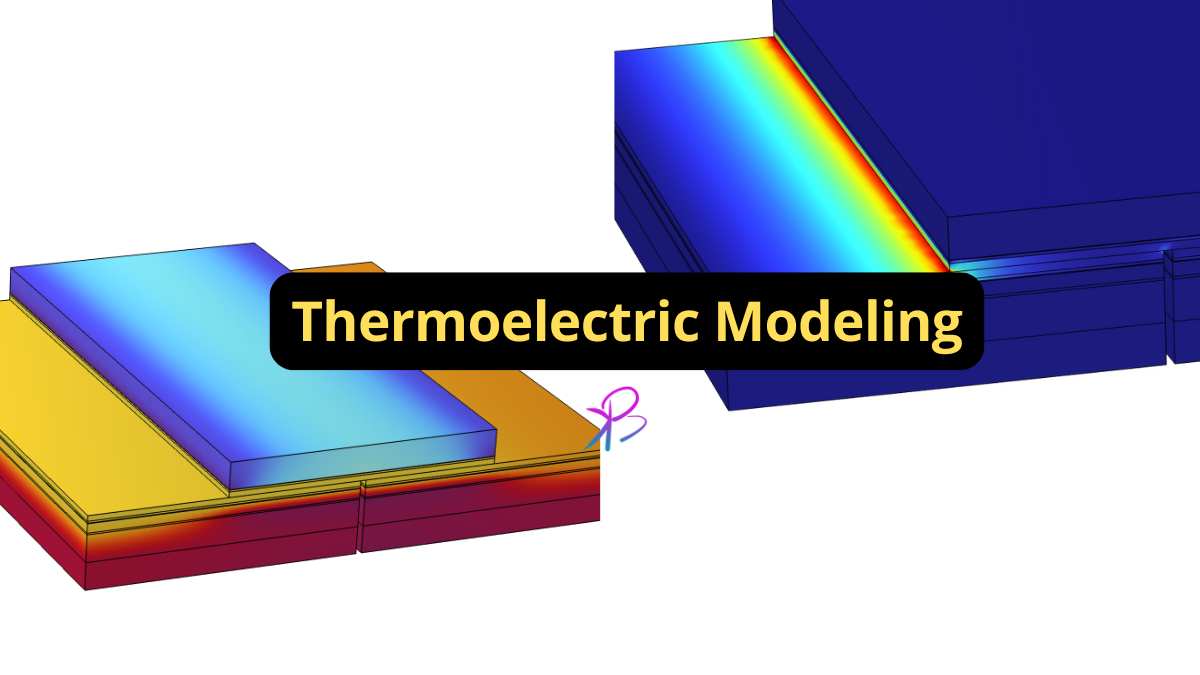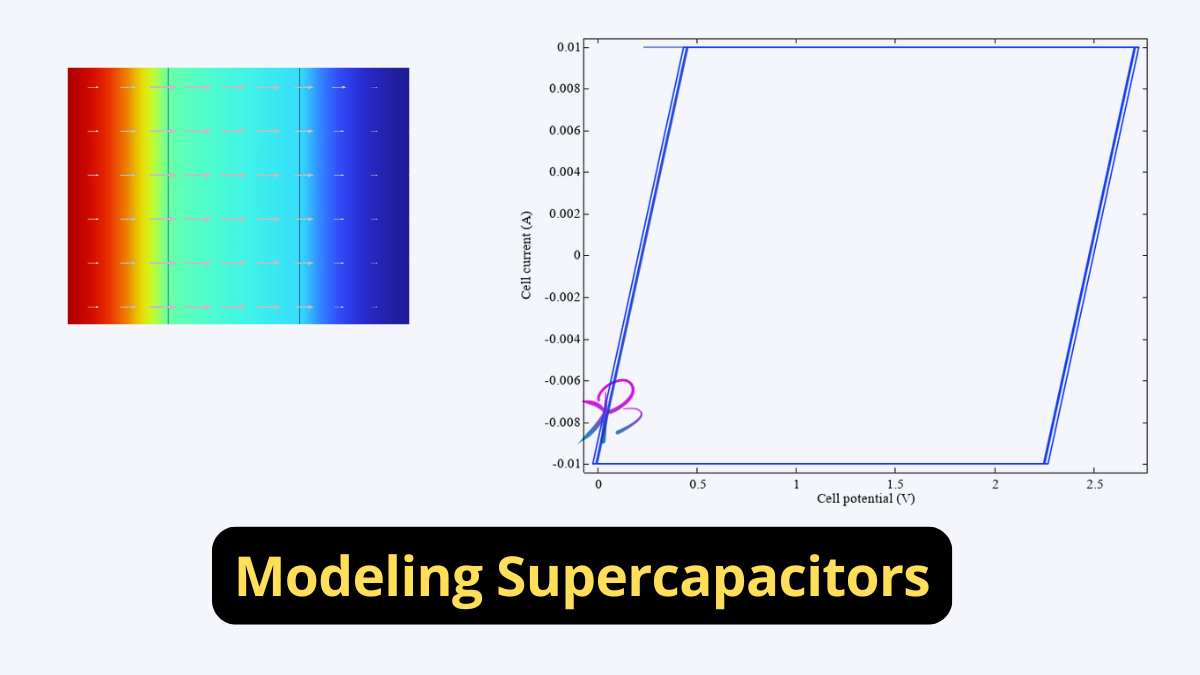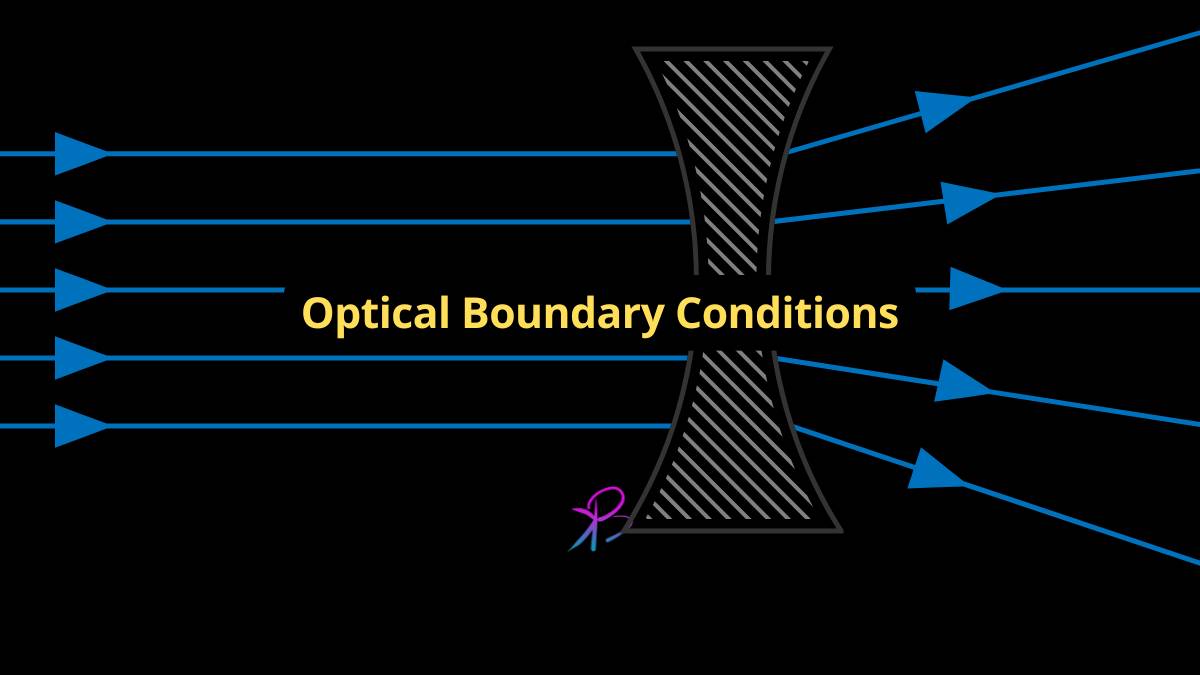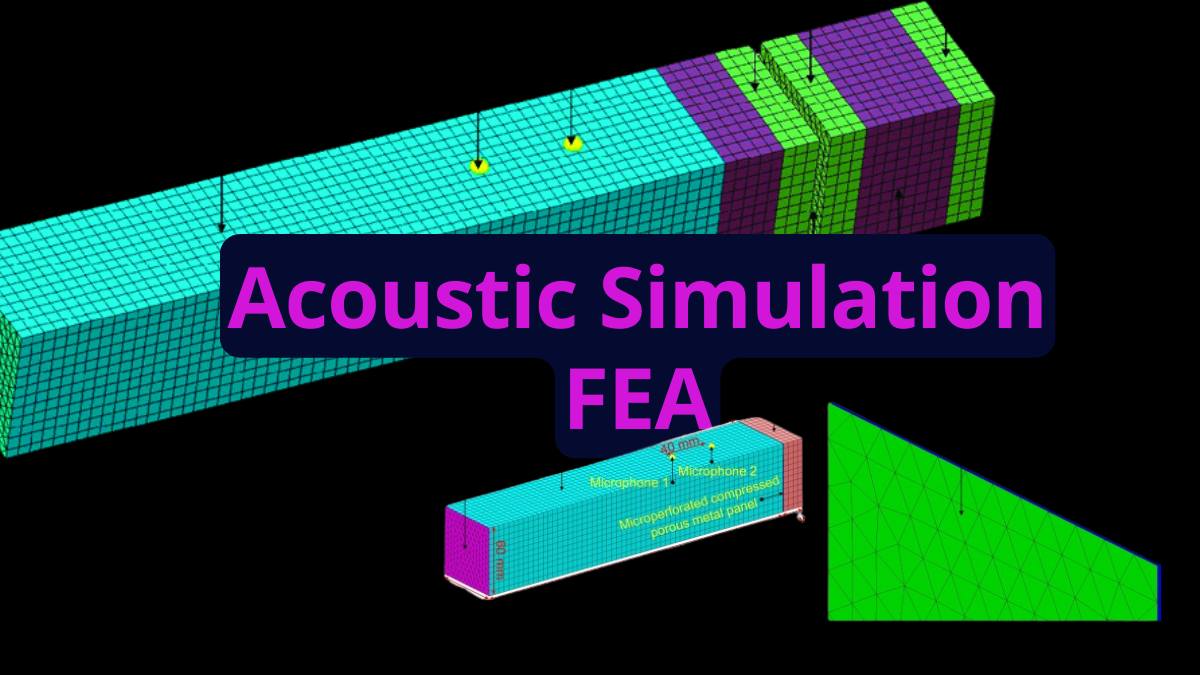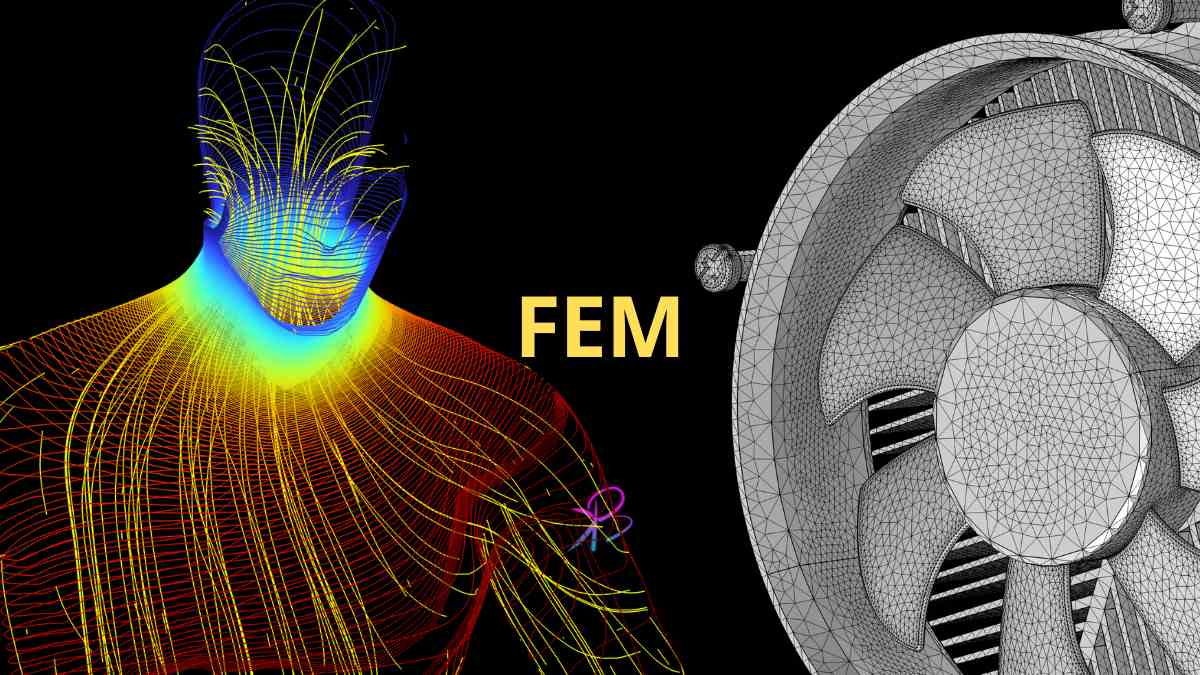Eddy currents are circulating currents induced within conductors when they experience a changing magnetic field. These currents arise due to electromagnetic induction, following Faraday’s Law, and are opposed by Lenz’s Law, which states that the induced current will flow in a direction that opposes the change causing it. This phenomenon is particularly significant in electrical […]
